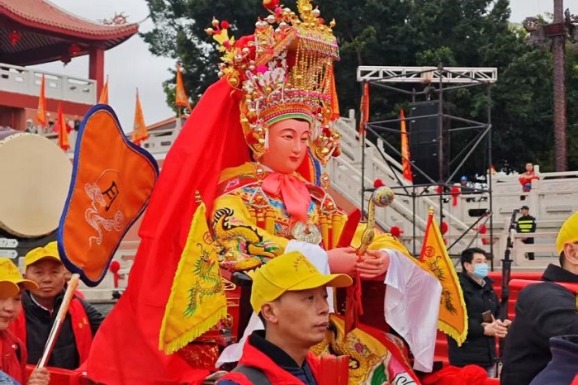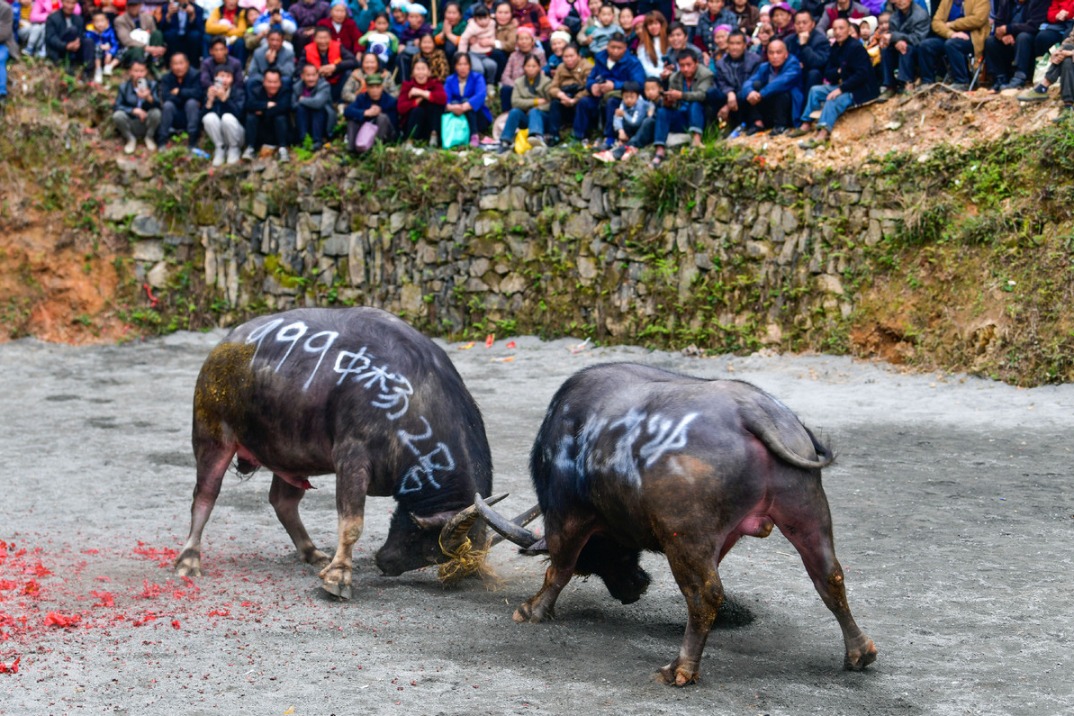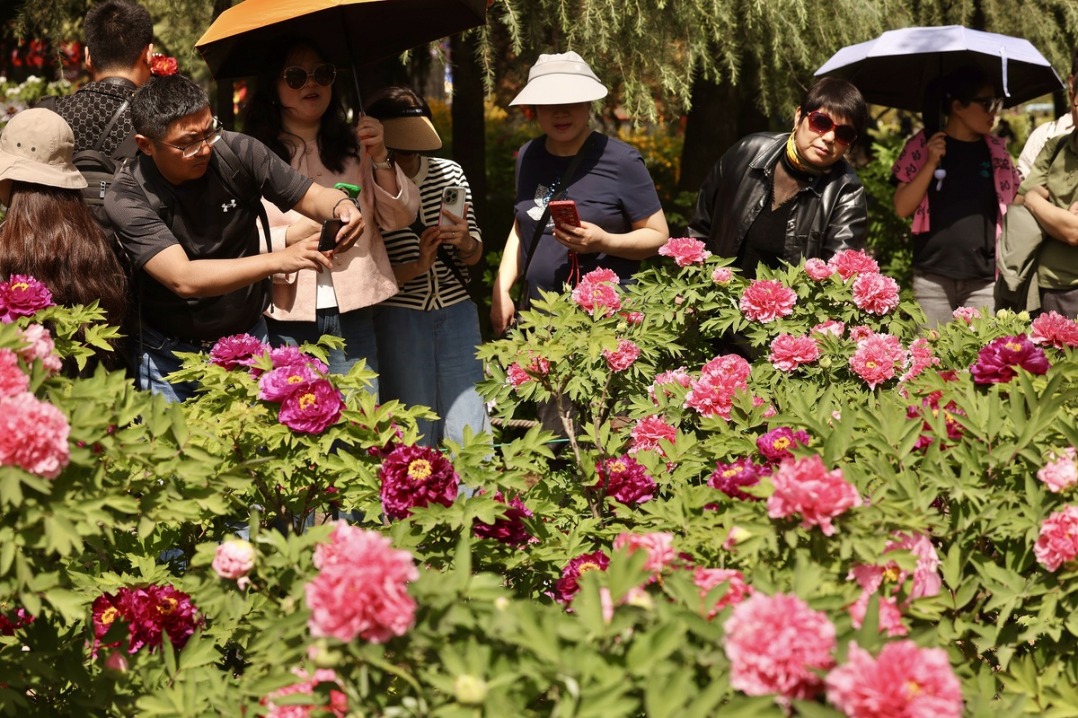Full Text: Slanderer Adrian Zenz's Xinjiang-related Fallacies Versus the Truth

Fallacy Four: The vocational education and training centers are internment camps where one million Uygur people have been held in detention
In one of his report, Zenz claimed that the vocational education and training centers are internment camps with tight security measures. However, he claimed that he got the security information from witnesses. Zenz claimed that according to the oral account of so-called witnesses, in the vocational education and training center, there is a wall too high for people outside to see what is inside the wall and there is also "barbed wire". He continued that a permanent task force composed of 60 armed guards is stationed on the campus. Since people outside the wall can not see what is inside, how can they see a permanent task force composed of 60 armed guards stationed on the campus and count out the exact number of the guards? Obviously, Zenz really has an amazing imagination.
In his report, Zenz claimed that he believes that 900,000 to 1,800,000 people have been systematically held in detention in Xinjiang. Where are the data from? On December 21, 2019, The Grayzone pointed out in an article that the theory of one million Uygurs are held in detention by the Chinese government was first proposed and spread by the so-called Chinese Human Rights Defenders (CHRD). The CHRD is a nongovernmental organization headquartered in Washington, D.C. and supported by the U.S. government. The organization came to the ridiculous conclusion that 10% of 20 million people in Xinjiang are held in detention in the "reeducation camps" and that 20% of the population are forced to participate in the reeducation programs held in villages or townships, only through interviews with eight Uygurs and a rough estimate. But Zenz wantonly fabricated the data of trainees at the vocational education and training centers without any verification. In view of Zenz's fabrication, The Grayzone pointed out in an article that Zenz inferred that the number of the people held in detention in "reeducation camps" is over one million through a questionable article and pure conjecture, and that he himself also acknowledged the uncertainty of his estimate.
Actually, the vocational education and training centers in Xinjiang, set up in accordance with the law, are not much different from the DDP (Desistance and Disengagement Programme) established in the UK and the de-radicalization centers in France. They are both preventive efforts against terrorism and extremism, fully in line with the principle and spirit of the UN Global Counter Terrorism Strategy and the UN Plan of Action to Prevent Violent Extremism. By October 2019, all the trainees who studied in the centers had completed their studies. With the help of the government, they have achieved stable employment, improved the quality of their life and led normal lives. The white paper The Fight against Terrorism and Extremism and Human Rights Protection in Xinjiang and a special documentary released by China Central Television provide specific and vivid information. Which "internment camp" can provide dozens of vocational skill training courses? Which "internment camp" can provide diverse and nutritious food? Which "internment camp" can be staffed with bilingual teachers, counselors, medical workers and logistics service and management staff in line with the standard for a school? Which "internment camp" can allow the "detainees" to return home regularly, ask for leave, and communicate freely? Which "internment camp" can organize and carry out a variety of recreational activities? Is there any "internment camp" like this in the world?
- China achieves breakthrough in solar-powered water splitting for hydrogen production
- Festivities kick off on Meizhou Island for month-long Mazu celebration
- Mobile cafes trending in China's countryside
- Xizang Story: A guardian of Lhasa's green mountains
- Great Wall Loong: China's first mecha premieres at 2025 China Science Fiction Convention
- Robot goes to work, providing caregiving companionship to seniors



































